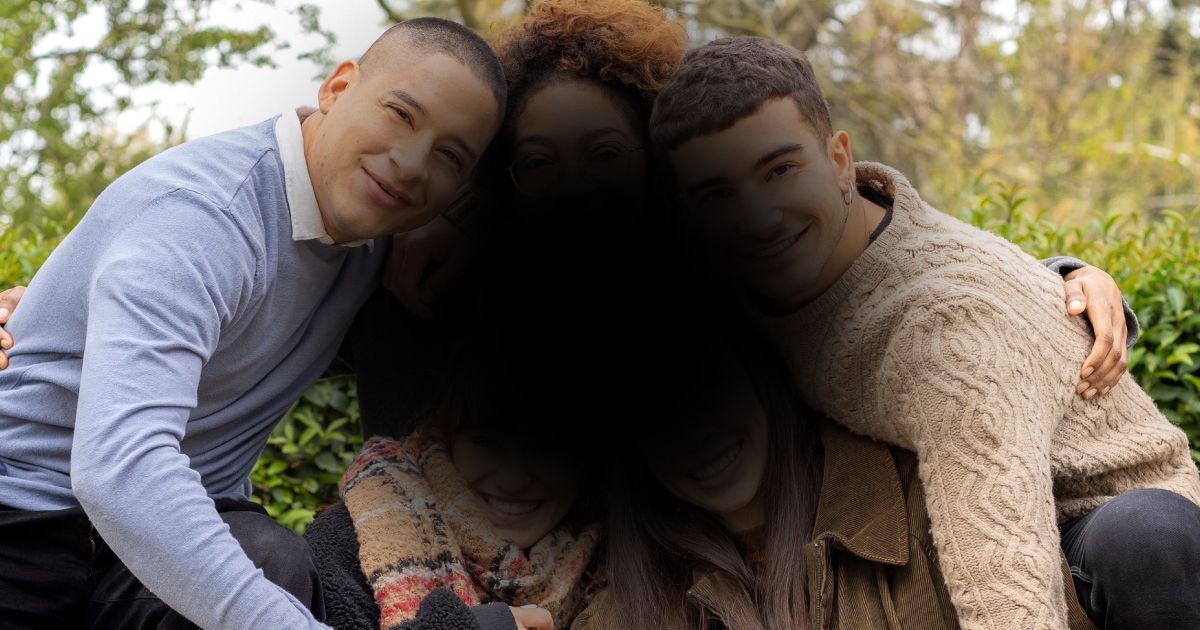Vision and Athletic Excellence: Overcoming Challenges for Peak Performance

Read time: 5 minutes
In the high-stakes world of sports, vision is not just a biological function but a cornerstone of success. From tracking a fast-moving ball to reacting to sudden changes in the environment, clear and dynamic vision is indispensable for athletic achievement. However, when athletes face vision challenges—whether due to refractive errors, injuries, or specific conditions—their performance and confidence can be compromised.
This comprehensive guide explores the role of vision in sports, the common challenges athletes face, and the innovative solutions available to help them overcome these obstacles and reach their full potential.
The Role of Vision in Sports
Vision encompasses much more than seeing clearly; it involves a range of visual skills that directly influence athletic performance. Key components include:
- Visual Acuity: The sharpness of vision, crucial for sports requiring precision, such as archery or golf.
- Depth Perception: The ability to judge distances and spatial relationships, essential for basketball, tennis, and football.
- Peripheral Vision: Awareness of surrounding players or objects, critical in team sports like soccer and hockey.
- Hand-Eye Coordination: The integration of vision and movement, necessary for activities like batting, catching, or shooting.
- Visual Reaction Time: How quickly an athlete processes and responds to visual stimuli, vital in fast-paced games like baseball and boxing.
When any of these visual abilities are impaired, athletes may struggle to perform at their best.
Common Vision Challenges for Athletes
Understanding the unique visual challenges athletes face is crucial for identifying solutions that can enhance their performance and overall experience in sports. Some of the most common vision issues athletes encounter and how they can impact gameplay include:
- Refractive Errors: Conditions like nearsightedness (myopia), farsightedness (hyperopia), and astigmatism blur vision at specific distances. For instance, a baseball pitcher with myopia might struggle to see the batter’s stance clearly, while a tennis player with hyperopia may have difficulty tracking a serve. Even minor refractive errors can disrupt focus, timing, and precision, making corrective solutions essential for optimal performance.
- Convergence Insufficiency: This condition occurs when the eyes struggle to work together to focus on near objects, resulting in double vision, eye strain, or difficulty tracking motion. Athletes in sports that require intense focus, such as gymnastics or shooting, may find this condition particularly disruptive to their performance.
- Depth Perception Issues: Challenges with depth perception can hinder an athlete’s ability to judge distances accurately. For example, a quarterback might misjudge the distance to a receiver, or a golfer might struggle to gauge the distance to the hole. Such miscalculations can lead to significant performance setbacks, especially in precision-focused sports.
- Eye Injuries: Fast-paced and contact-heavy sports, such as hockey, squash, or football, pose a high risk of eye injuries. Common injuries include corneal abrasions, orbital fractures, and retinal detachments. These injuries can result in temporary or permanent vision loss, potentially sidelining athletes for extended periods and impacting their careers.
- Photophobia (Light Sensitivity): Athletes sensitive to bright lights, whether from stadium floodlights or natural sunlight, often experience discomfort and reduced visibility. This condition, known as photophobia, can distract athletes during play and increase the likelihood of performance errors.
- Color Vision Deficiency (CVD): Color blindness, or color vision deficiency, affects an athlete's ability to distinguish between certain colors. For example, a soccer player with CVD might struggle to differentiate between teammates and opponents wearing similarly colored uniforms, which can impair quick decision-making and gameplay strategy.
Solutions to Vision Challenges
Sports-Specific Eyewear
Modern eyewear solutions cater to the distinct needs of athletes by correcting refractive errors and enhancing visual performance. Prescription sports goggles or glasses not only improve vision but also protect against impact, while contact lenses offer a clear, unobstructed field of view, ideal for sports involving helmets or headgear. For outdoor athletes, polarized or photochromic lenses minimize glare and adapt to changing light conditions, and tinted lenses enhance contrast and block UV rays for an added edge during play.
Vision Training
Athletes can enhance their visual skills through targeted exercises and advanced technologies. Therapy for convergence insufficiency strengthens the eyes’ ability to work together, while peripheral vision and tracking drills improve spatial awareness and reaction time. Virtual reality (VR) training is also gaining popularity, simulating real-game scenarios to refine critical visual skills in a controlled setting.
Protective Gear
For athletes in high-risk sports, protective eyewear is essential to minimize the risk of eye injuries. Polycarbonate goggles offer robust protection in activities like racquetball or lacrosse, while full-face shields provide comprehensive coverage for sports such as hockey and football, ensuring safety without compromising performance.
Nutrition for Vision Health
A well-balanced diet plays a vital role in maintaining eye health and visual performance. Nutrients like lutein and zeaxanthin, found in leafy greens, help protect against oxidative stress, while omega-3 fatty acids from fish support retinal health. Additionally, vitamin A, present in carrots and sweet potatoes, is crucial for good night vision and overall eye function.
Learn more about eye-healthy foods in our article, Feast Your Eyes: Nutrition for Vision Health.
Case Studies: Vision Solutions in Action
Vision challenges in sports aren’t one-size-fits-all; each activity demands unique visual solutions tailored to its specific requirements. Whether it’s enhancing contrast for fast-paced ball sports, improving peripheral awareness in team games, or adapting to changing light conditions in outdoor environments, innovative vision technologies and strategies are transforming the way athletes perform. Real-world applications of vision solutions across various sports include:
- Baseball and Softball: Contrast-enhancing lenses help players track fast-moving balls against dynamic backgrounds.
- Soccer and Basketball: Vision training programs improve peripheral awareness, giving athletes a strategic edge during plays.
- Skiing and Snowboarding: Photochromic goggles adapt to fluctuating light conditions, ensuring clarity on the slopes.
- Golf and Tennis: Polarized lenses reduce glare and improve depth perception, aiding athletes in sunny environments.
The Importance of Regular Vision Care
Routine eye exams are critical for athletes striving for peak performance. A sports-focused optometrist can:
- Assess visual skills specific to the athlete’s sport.
- Prescribe customized eyewear for enhanced performance.
- Recommend vision training exercises to address deficiencies.
- Early detection and management of issues like dry eye or convergence insufficiency can prevent long-term complications and support overall athletic success.
Need a boost for your sports performance? Book your eye exam at Urban Optiks Optometry today.
The Takeaway
Vision challenges don’t have to hold athletes back. With advancements in sports-specific eyewear, innovative vision training techniques, and proper nutrition, athletes can overcome obstacles and elevate their game.
By prioritizing vision care and investing in tailored solutions, athletes not only enhance their performance but also safeguard their eyes for a lifetime of success - both on and off the field. Vision is an athlete’s superpower; nurturing it unlocks their full potential.
Share this blog post on social or with a friend:
The information provided in this article is intended for general knowledge and educational purposes only and should not be construed as medical advice. It is strongly recommended to consult with an eye care professional for personalized recommendations and guidance regarding your individual needs and eye health concerns.
All of Urban Optiks Optometry's blog posts and articles contain information carefully curated from openly sourced materials available in the public domain. We strive to ensure the accuracy and relevance of the information provided. For a comprehensive understanding of our practices and to read our full disclosure statement, please click here.


















